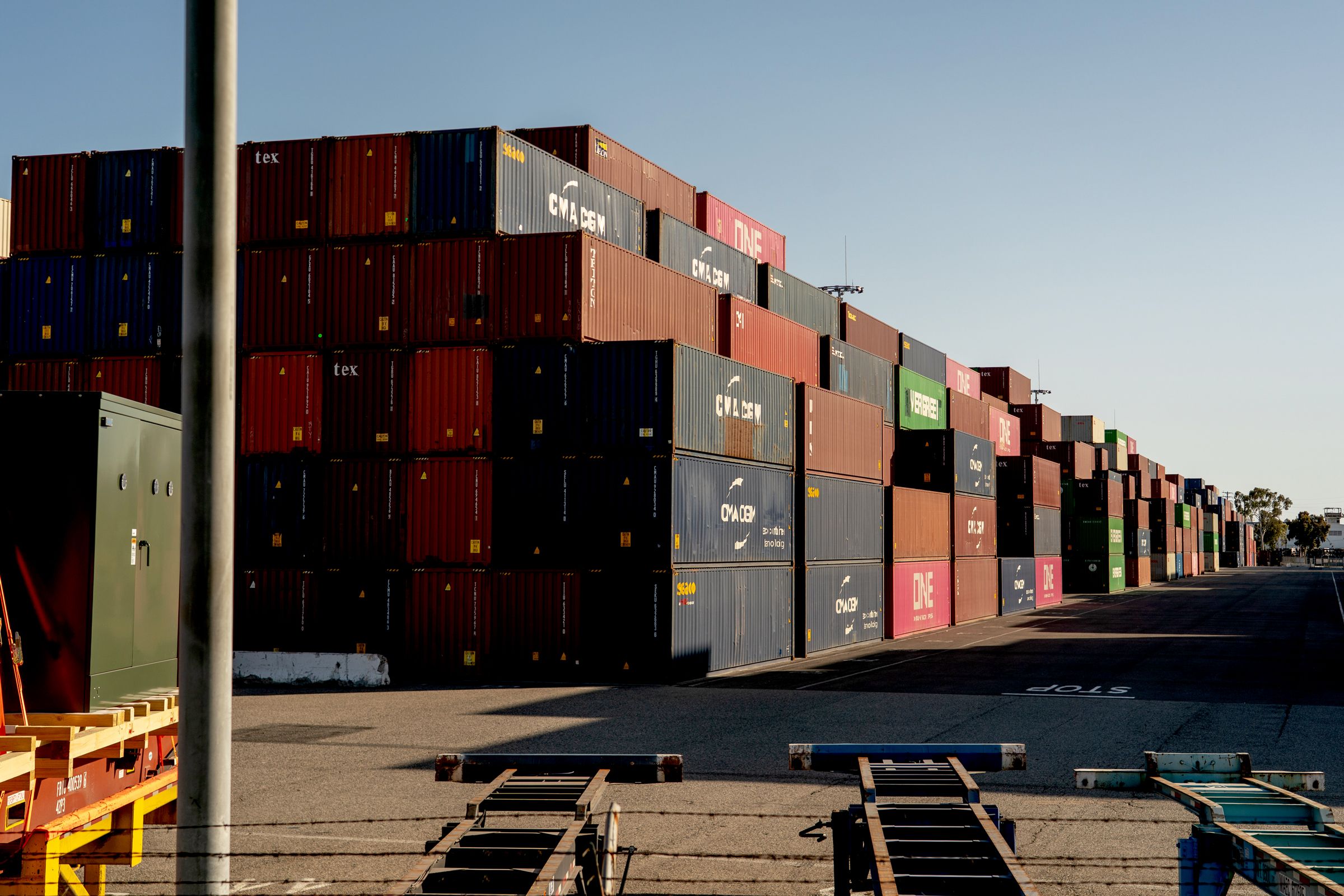India Is Using AI and Satellites to Map Urban Heat Vulnerability Down to the Building Level
India Is Using AI and Satellites to Map Urban Heat Vulnerability Down to the Building Level
With the increasing urbanization and climate change, cities around the world are facing the challenges of rising temperatures and urban heat islands. In India, where many cities are densely populated and prone to extreme heat events, the government has taken a proactive approach to addressing this issue.
The country is now utilizing artificial intelligence (AI) and satellite technology to map urban heat vulnerability down to the building level. This means that policymakers and urban planners can identify which areas are most at risk and take targeted measures to mitigate the impact of extreme heat.
By using AI algorithms and satellite data, India is able to create detailed heat maps that highlight areas with high levels of heat exposure and vulnerability. This information can help prioritize interventions such as increasing green spaces, improving building design, and implementing heat-resilient infrastructure.
Mapping urban heat vulnerability at such a granular level allows for more effective and efficient planning and response strategies. By understanding which buildings, neighborhoods, and populations are most at risk, authorities can tailor interventions to protect the most vulnerable communities.
This innovative approach not only helps in reducing the negative impact of urban heat islands but also contributes to overall climate resilience and adaptation. It showcases how technology can be leveraged to address pressing environmental challenges and create more sustainable and livable cities.
As the effects of climate change continue to intensify, initiatives like this one in India serve as a model for other countries looking to build climate-resilient cities. By harnessing the power of AI and satellites, governments can better understand and combat the urban heat island phenomenon, ultimately enhancing the well-being of their citizens.
In conclusion, India’s use of AI and satellite technology to map urban heat vulnerability down to the building level demonstrates a forward-thinking approach to addressing the challenges of climate change and urbanization. By leveraging innovative tools and data-driven insights, the country is paving the way for more sustainable and resilient cities in the face of a changing climate.





